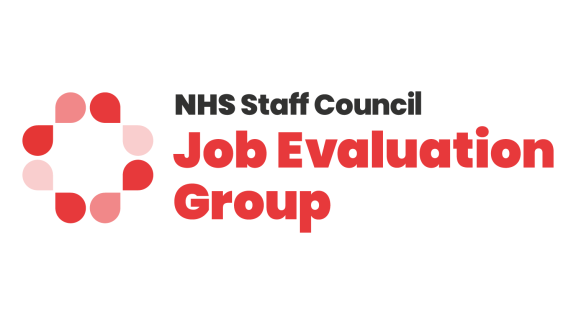A quick guide to job matching

Job matching is an analytical way of evaluating as many jobs as possible to nationally evaluated profiles in the most efficient manner possible.
This section will talk you through everything you need for job matching and the different steps throughout the process.
Job matching is an analytical way of evaluating as many jobs as possible to nationally evaluated profiles in the most efficient manner possible, avoiding the need for many evaluations.
Who carries out job matching?
Job matching is carried out by a panel comprising both management and staff representative members, who must have been trained in the NHS Job Evaluation Scheme and the avoidance of bias, and who are committed to partnership working.
What documentation is needed?
To carry out job matching, you'll need agreed and up-to-date copies of the following:
- Job description.
- Person specification.
- Organisation chart.
These will need to be supplemented by any relevant local information as well as information not normally found on a job description, such as information relating to effort required, which has been obtained in person or by completing a pro-forma from job advisers working in partnership.
Job matching from start to finish
For each job, the matching panel should:
Step one
- Read the job description and any other job information in order to select appropriate profiles.
Step two
- Identify possible profile matches from the appropriate occupational group, for example, nursing, finance.
Step three
- Compare the main purpose of the job in the job description with the job statements at the top of a profile.
Step four
- On a factor by factor basis, complete the matching form with information about the job using evidence from the job description or other sources. For each factor, compare the information on the form with that in the selected profile and determine whether they match. The information does not have to be exactly the same but should be equivalent.
Step five
- It is important to consider all factors and not just prioritise a few. All job information is relevant and must be considered to ensure robust and justifiable outcomes that guard against forcing jobs into profiles which may lead to inappropriate band outcomes.
Step six
Determine the matching outcome. The matching rules are:
- Factor variations should not be more than one level above or below the profile level or range
- There should not be variations relating to the KTE or Freedom to Act factors
- The variations must not apply to more than five factors
- The score must not take the job over a band boundary.
Step seven
- The outcome, including all relevant documentation, should be checked by a consistency checking partnership pair or panel, who should raise any inconsistencies with the original matching panel. The two panels should reach an agreement on the outcome.
Step eight
- The outcome, together with the relevant profile and a personal letter explaining the proposed pay banding and what to do in case of disagreement, should be issued to job holders.
Step nine
- The job holder(s) may request a review within three months of being notified of their outcome and must submit evidence of where they disagree with the outcome. This is considered by a review panel, who may confirm the outcome or confirm a different outcome or, more rarely, send the job to local evaluation using a JAQ. Any outcome different from the original one must go through the consistency checking process again before being notified to the job holder(s).
Full details of the job matching process can be found in chapter 11 of the job evaluation handbook.
